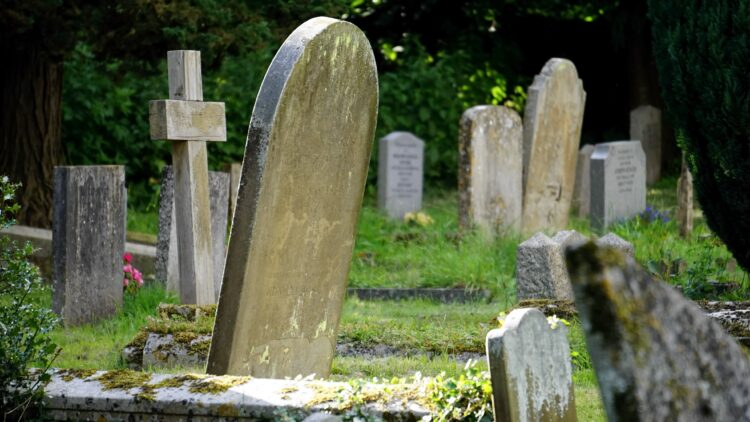
Cremation is a method that uses high heat to turn the remains of a deceased person into “ashes.” These ashes are actually bone bits. After the cremation is completed, the ashes are returned to the deceased person’s relatives.
A “direct cremation” is a cremation that takes place without a funeral service. This is substantially less expensive than a traditional cremation.
What Is The Process Of Preparing A Body For Cremation?
The individual who has died will be retrieved by the funeral director and kept in a cold, temperature-controlled area in the funeral home until the service can take place. Cremation does not require embalming, however some families desire it.
The deceased will be bathed and dressed in garments chosen by their family before the funeral. Although jewellery can be worn, it is recommended that emotional items be removed before to the cremation.
Because the batteries in watches can explode in the cremator, funeral directors will always remove them. Pacemakers and other medical devices must also be removed prior to cremation for the same reason.
What Occurs During The Actual Cremation? How Long Does It Take To Be Cremated?
- The cremation chamber is heated to roughly 870-980 degree C before the cremation.
- The coffin is then put in the chamber and ignited by a column of flame.
- Only bone pieces remain after cremation, which takes around one and a half to three hours. For around 30 minutes, these are allowed to cool.
- After that, a strong magnet is utilized to extract metal bits from the ashes.
- The bone fragments are next ground into a fine grey-white powder using a cremulator, a type of grinder.
- The ashes are collected and deposited in an urn, which is then given to the family.
After Cremation, Who Gets The Ashes?
The ashes are normally collected from the crematorium on behalf of the family by the funeral director, who subsequently passes them along with the Certificate of Cremation.
Many individuals ask who owns the ashes after they’ve been cremated. The ashes are normally only released to the family member indicated on the cremation form or the funeral director by the crematorium. It’s vital to carry official identification, such as a passport, if you’re collecting the ashes yourself.
What Are Your Basic Options For Cremation Services?
The funeral service is an occasion for family, friends, and the community to come together to commemorate the memory and celebrate the life of the person you’ve lost.
There are three basic cremation options:
- Cremation Follows A Traditional Funeral Service.
A visitation for public viewing and a funeral ceremony, similar to a regular funeral, are normally held within two to three days of the death. Instead of being buried in a casket, the ritual is followed by cremation.
- Memorial Service
A memorial ceremony is simply a funeral service that does not include the presence of the deceased person’s body. The cremation normally takes place a day or two after the death, and the memorial service follows a few weeks or months afterwards.
- Direct Cremation
This is the most basic sort of cremation service, sometimes known as simple cremation or immediate cremation. Without a funeral, graveside service, or memorial service, the body is cremated and the cremated remains are returned to the family.


